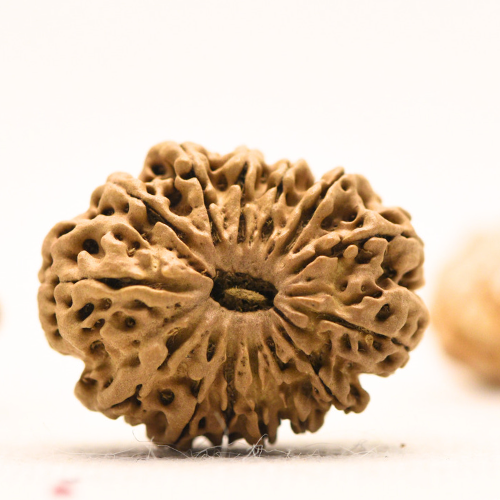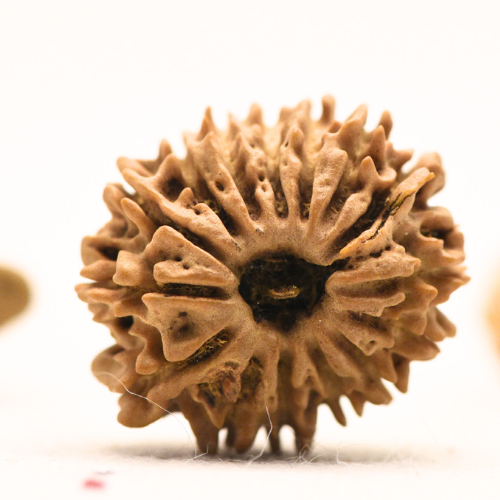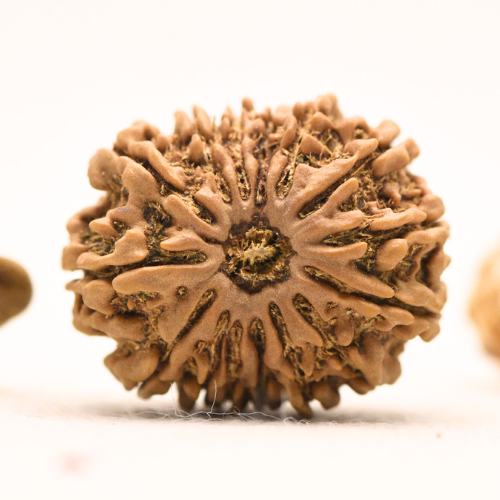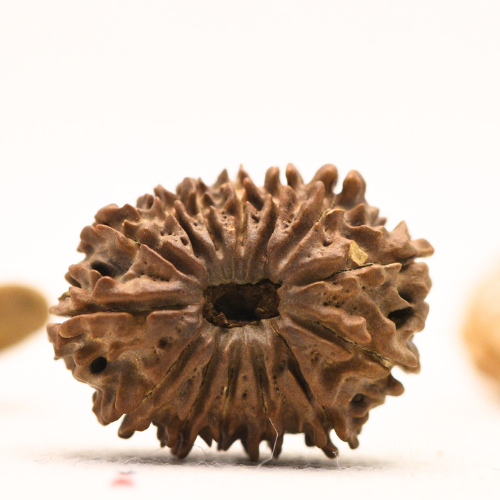Champa Shashti
Champa Shashti is an important day for Adiyogi Rudraksha And Gemstones since it is strongly rooted in the cultural and religious traditions that shape the company's culture. Since its foundation in 2003, Adiyogi Rudraksha and Gemstones has been at the forefront of the online gemstone market, championing the cause of authentic and spiritually potent Indian Navaratnas and a vast array of Rudrakshas.
Champa Shashti is a six-day celebration devoted to Bhagawan Shiva. The day is observed to pray to Khanderao or Khandoba, a manifestation of Bhagawan Shiva. The holiday is widely observed in Maharashtra and Karnataka. Champa Shashti ceremonies take place at the Khandoba temple in Jejuri, Maharashtra.
When Is Champa Shashti Celebrated in 2024?
The event takes place on Shashti Tithi (the sixth day) of Shukla Paksha (the waxing phase of the moon) in the month of Margashirsha.
Champa Shashthi, Saturday, December 7, 2024
Shashthi Tithi Begins - 12:07 PM on December 6, 2024.
Shashthi Tithi Ends - 11:05 AM on December 7, 2024.
Shatabhisha Nakshatra Begins - 04:50 PM on December 7, 2024.
Shatabhisha Nakshatra ends at 04:03 PM on December 8, 2024. Vaidhriti Yoga starts at 07:34 PM on December 18, 2024 and ends at 06:34 PM on December 19, 2024.
Significance of Champa Shashti
According to Hindu legend, after getting a blessing from Bhagawan Brahma, these two demons became invincible and wreaked havoc on Earth and in Deva Loka. In response to the Devas' entreaties, Bhagawan Shiva took on the shape of Martanda Bhairava and battled the demons in a ferocious battle. The combat lasted six days and ended on the Shashti Tithi of the Margashirsha month, with the two demons killed.
Champa Shashti is thus a day to commemorate Bhagawan Khandoba's victory, who is highly adored in rural Maharashtra and Karnataka as the God of farmers, hunters, and fighters.
Champa Shashti's Story
According to legend, Bhagawan Shiva was impressed by the demon brothers Malla and Mani's austerities and bestowed upon them an invincibility boon that excelled even the power of the gods. Malla and Mani caused havoc over the three planets with their blessing. They stormed and gained control of Manikaran Mountain, a sacred site dedicated to Bhagawan Shiva and Goddess Parvati. The demigods approached Bhagawan Shiva and shared their worries. Bhagawan Shiva, in his warrior Khandoba form, protected the world from the demon brothers Malla and Mani. The epic struggle between the demon brothers and Khandoba lasted six days, with the demons defeated on the last day. In his final moments, Mani handed his white horse on Khandoba, begging pardon and expressing his desire to be present in all of Bhagawan Khandoba's shrines and temples. Mani, who is now considered a demigod, is adored in all Khandoba temples. Bhagawan Shiva is thought to live as the Swayambhu lingam at the Khandoba temple.
Champa Shashti Rituals
Champa Shashti ceremonies take place for six days, beginning with Amavasya and ending with the festival. During Champa Shashti, Khandoba, Bhagawan Shiva's warrior form, is worshipped. He is also known as Martanda Bhairav, Malhar, or Malhari. It is thought that if the day corresponds with Shatabhisha Nakshatra and Vaidhriti Yoga on Sunday or Tuesday, it is exceedingly lucky.
Devotees typically visit the Shiva temple for six days, offering vegetables, fruits, apple leaves, and turmeric powder to Bhagawan Shiva. On the final day, sweets produced from multi-grain flour and wheat base are presented to the deity, along with turmeric powder.
Benefits of Champa Shashti
Observing the Champa Shashti vrat is thought to bestow favorable consequences on devotees, resulting in a happy and wealthy life. It is stated that the sins of previous lifetimes are washed away, and devotees gain contentment and confidence to face the obstacles.
To enhance the benefits of Champa Shashti, follow these steps:
Nine oil diyas are burned to provide respite from adverse planetary alignments.
Offering blue clothes to Bhagawan Kartikeya in a Shiva temple is considered to boost your social position.
Donating brinjal and bajra to poor people is advantageous since it avoids objections.
Chant the mantra:
ॐ मार्तंडाय मल्लहारी नमो नमः॥
Champa Shashti Mantra
Recite the mantra:
‘ॐ श्रीं अर्धनारीश्वराय प्रेमतत्त्वमूर्तये नमः शिवाय नमः’
Oṃ Śrīṃ Ardhanārīśvarāya Prematattvamūrtaye Namaḥ Śivāya Namaḥ ||
Champa Shashti Puja Vidhi.
Wake up early in the morning, take a bath, and visit Bhagawan Shiva's temple.
The Shivling is worshipped with milk, flowers, bilva leaves, and gangajal.
The puja makes use of ittar, abir, and other fragrant ingredients.
Khandoba is also served with fruit and turmeric powder.
Arghya is served to the Bhagawan, which consists of ghee, water, and curd.
Shiv Chalisa is chanted, and aarti is done.
In the evening, light nine diyas (sesame oil lights).
Offer brinjal and millet to Bholenath and distribute them to the destitute.
What To Do During Champa Shashti?
Devotees walk barefoot to the temple to seek Bhagawan Khandoba's blessings on this auspicious day. During Champa Shashti puja, devotees attend the Khandoba temple early in the morning for all six days.
On the day of Champa Shashti, offerings to Bhagawan Khandoba include Bhandara (turmeric powder), Rodaga (wheat-based delicacy), Thombara (made from multi-grain flour), and a delicacy made from onion, garlic, and brinjal.
In Maharashtra, bhog of brinjal bharta and millet chapatis millet is served to Bhagavan. Nandadeep is illuminated daily.





